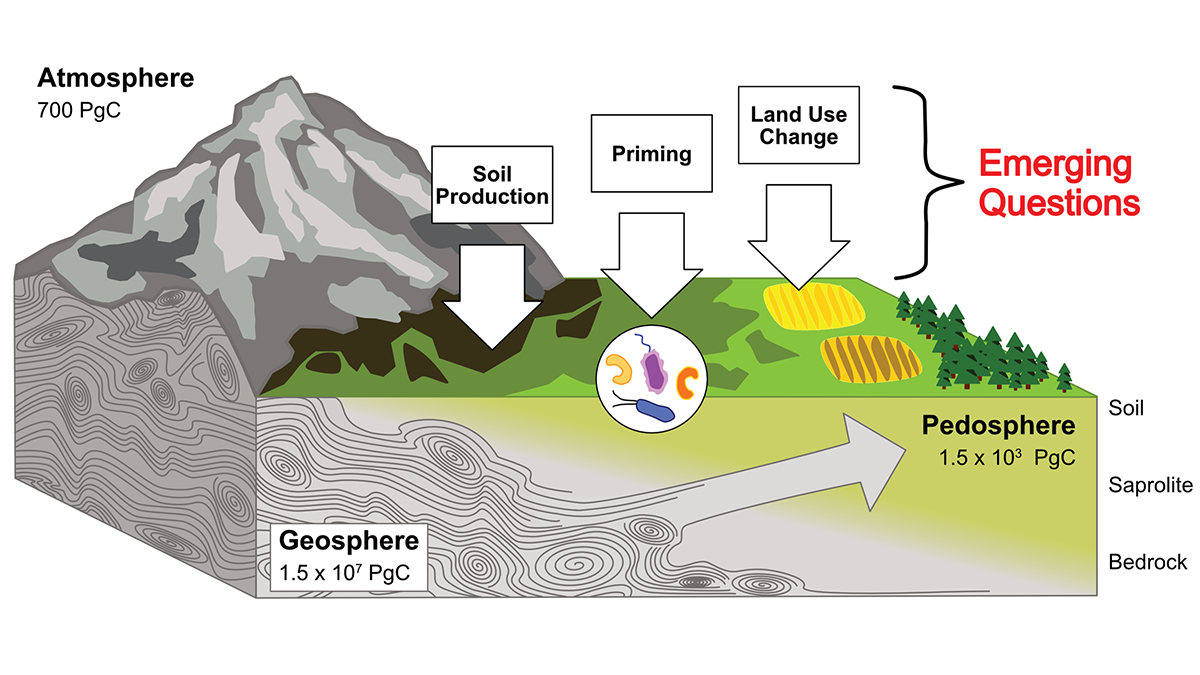Editors’ Highlights are summaries of recent papers by AGU’s journal editors.
Source: AGU Advances
There is increased interest in the potential to store carbon in soils to improve soil health and offset some fraction of fossil fuel emissions. One reason we think carbon is stable in soils is that it is old, as evidenced by radiocarbon dating.
However, Evans et al. [2025] point out that many soils are developed on sedimentary rocks or deposits that contain ancient organic matter. The authors highlight several questions that still need answering: how much can this petrogenic carbon contribute to soil carbon stocks and the old ages of deep soil organic matter? Is it just passively transiting the soil system to be eroded and eventually end up in sediments again, or is some of it metabolized within the soil? And finally, how important can its presence influence our interpretation of the cycling of biologically-sourced organic carbon in soil, aquatic, and sedimentary environments?
Citation: Evans, D. L., Doetterl, S., Gallarotti, N., Georgiadis, E., Nabhan, S., Wartenweiler, S. H., et al. (2025). The known unknowns of petrogenic organic carbon in soils. AGU Advances, 6, e2024AV001625. https://doi.org/10.1029/2024AV001625
—Susan Trumbore, Editor, AGU Advances

